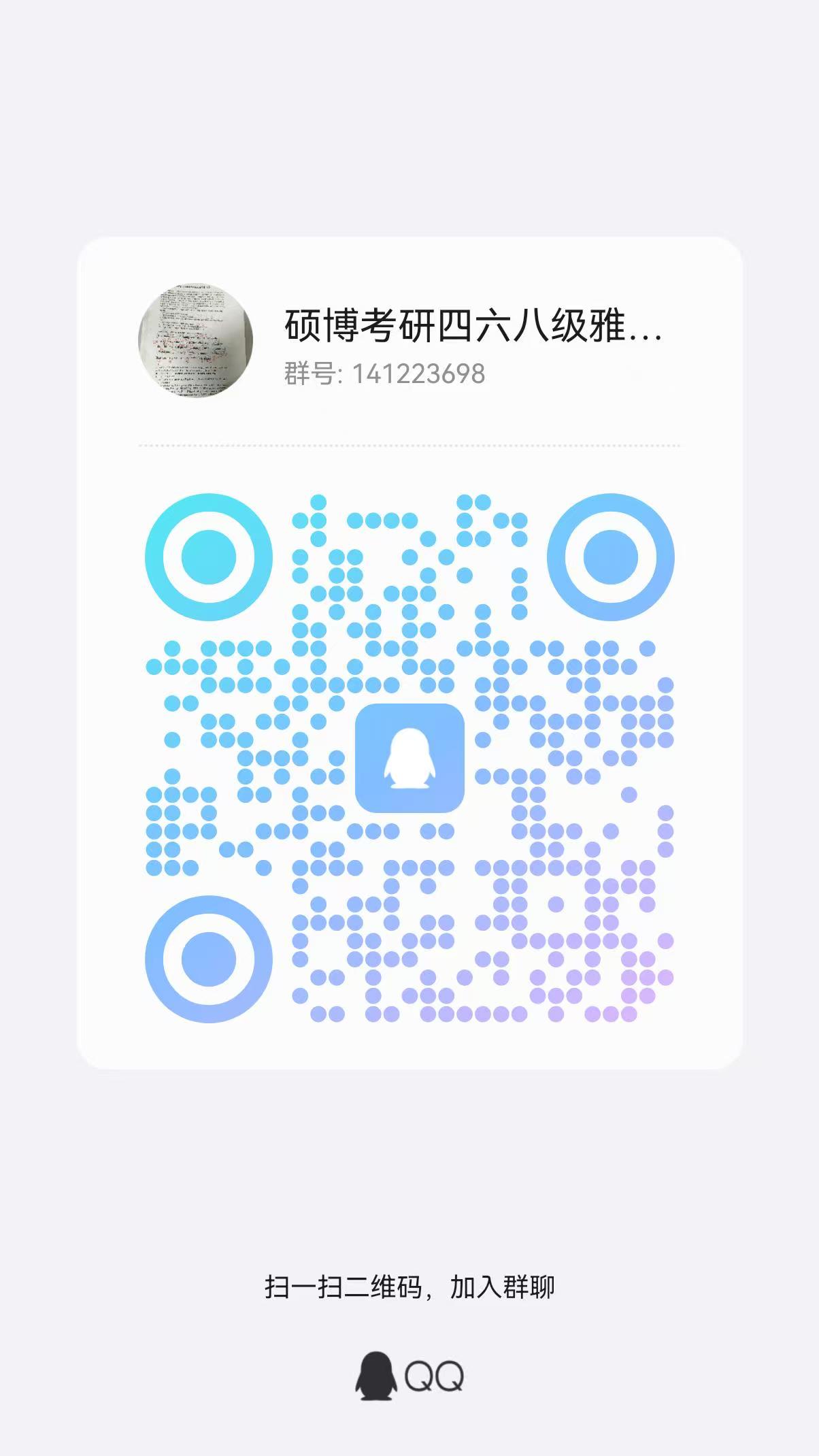Wd提问: 搜索结果用户搜索意图
Ai批改: Understanding the user's search intent is crucial for providing relevant and accurate information、Search intent, also known as user intent or search query intent, refers to the underlying goal or purpose behind a user's search query、It helps in determining what the user is looking for, whether it's information, a specific website, a product, or an answer to a question.
Types of Search Intent
1、Informational Intent: The user is looking for information or answers to questions、Their query might start with how, what, where, when, or why、For example, how to tie a tie or what is climate change.
2、Navigational Intent: The user is trying to find a specific website or webpage、Queries with navigational intent often include brand names or specific website URLs, like Facebook login or Amazon.
3、Transactional Intent: The user intends to make a purchase or perform another specific transaction、These queries often include terms like buy, order, or purchase、For example, buy iPhone 13 or order pizza online.
4、Commercial Investigation: The user is researching products or services with the intent to purchase in the future but is not yet ready to buy、Queries might include best wireless headphones or top 10 smartphones.
Determining Search Intent
Keyword Research Tools: Utilize tools like Google Keyword Planner, Ahrefs, SEMrush, or Moz Keyword Explorer to analyze search volume and intent behind specific keywords.
Query Analysis: Look at the actual words and phrases used in the search query、Certain keywords and phrases can indicate a specific type of intent.
Contextual Clues: Understand the context around the query、For instance, location-based searches imply a local or immediate need, such as restaurants near me.
Importance of Understanding Search Intent
Content Creation: Helps in creating relevant and targeted content that meets the needs of the users.
SEO Optimization: Understanding the intent behind keywords can improve a website's search engine ranking by optimizing content to match what users are searching for.
User Experience (UX): Enhances UX by providing users with what they're looking for, thereby increasing engagement and satisfaction.
Marketing Strategy: Informs marketing strategies by highlighting what potential customers are interested in.
Challenges
Ambiguity: Some search queries can have ambiguous intent, requiring further context or clarification.
Variability: User intent can change over time, necessitating ongoing analysis and adaptation.
Localization: Intent can vary by region, culture, or language, requiring localized content and understanding.
Best Practices
Use Natural Language: Write content in a natural, conversational tone that matches how people search.
Long-Tail Keywords: Target long-tail keywords that more specifically indicate a user's intent.
SERPs Analysis: Analyze Search Engine Results Pages (SERPs) for your target keywords to see what types of content currently rank well and infer intent from there.
By accurately determining and catering to the user's search intent, content creators and marketers can improve their visibility, relevance, and ultimately, their conversion rates.
0
IP地址: 204.145.117.151
搜索次数: 418
提问时间: 2025-04-11 10:22:03
热门提问:
智语云ai下载
低价购买qq会员网站
免费ai文档
ai画图吗
国内 ai聊天
购买鞋子的网站
k18黄金戒指
监控视频ai
山东黄金多少钱1克
国家外汇网上平台
豌豆Ai站群搜索引擎系统
关于我们:
三乐Ai
作文批改
英语分析
在线翻译
拍照识图
Ai提问
英语培训
本站流量
联系我们

友情链接:
北京品牌推广
Search website
ai提问
温馨提示:本站所有问答由Ai自动创作,内容仅供参考,若有误差请用“联系”里面信息通知我们人工修改或删除。
技术支持:本站由豌豆Ai提供技术支持,使用的最新版:《豌豆Ai站群搜索引擎系统 V.25.05.20》搭建本站。
















